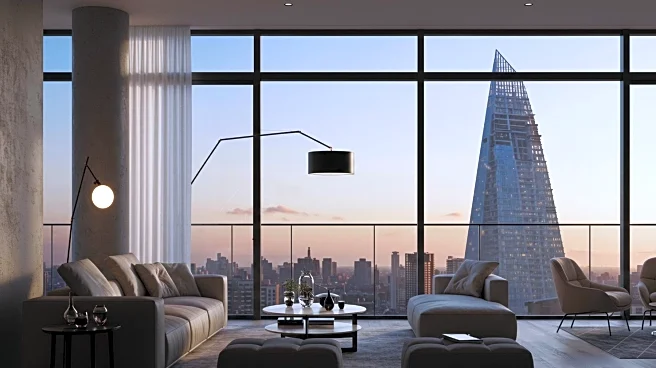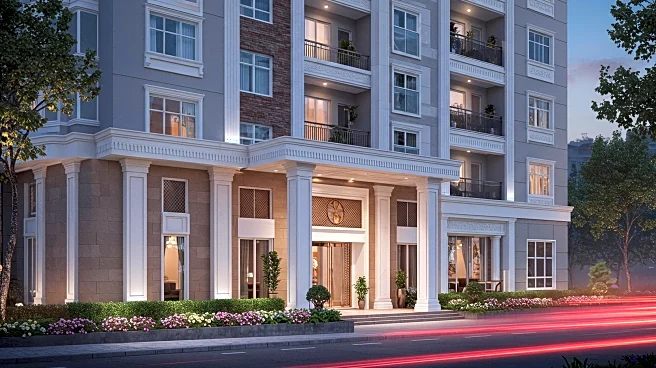Rapid Read • 8 min read
A luxury condominium located at 212 Fifth Avenue in the Nomad neighborhood of New York City is on the market for $9.5 million. This three-bedroom, three-bath apartment offers over 3,000 square feet of living space and features a front-row view of the iconic Flatiron Building, which is undergoing a transformation into a luxury residential building. The apartment boasts a flexible open-floor plan with a marble and wood-clad kitchen, a spacious living room with over 11-foot-tall ceilings, and a bedroom wing with Chevron floors and en-suite baths. The building, originally constructed in 1913 as one of New York City's first skyscrapers, has been converted from office space to residential units, now housing 48 residences. The building's amenities include a health and wellness center, a screening room, a golf simulator, and a residents' lounge.
AD
The sale of this high-end condo highlights the ongoing trend of converting historic office buildings into luxury residential spaces in New York City. This trend reflects a broader shift in urban real estate markets, where demand for unique and prestigious living spaces continues to grow. The transformation of the Flatiron Building into a residential property is particularly significant, as it represents a blend of historical preservation and modern luxury living. This development could attract affluent buyers and investors, potentially increasing property values in the area. Additionally, the presence of high-profile residents, such as Amazon founder Jeff Bezos, who owns multiple units in the building, underscores the building's appeal to wealthy individuals seeking exclusive urban residences.
As the Flatiron Building completes its conversion into a luxury condominium, the area may see increased interest from potential buyers and investors. The illumination of the building's exterior, a first in its history, is expected to enhance its visual appeal and further elevate its status as a desirable residential address. Real estate developers and city planners may continue to explore similar conversion projects, balancing the preservation of historic architecture with the demand for modern amenities. The success of such projects could influence future urban development strategies, particularly in cities with rich architectural histories.
AD
More Stories You Might Enjoy












